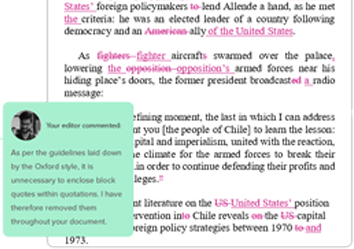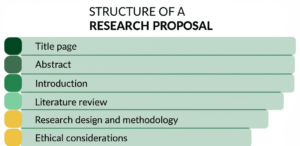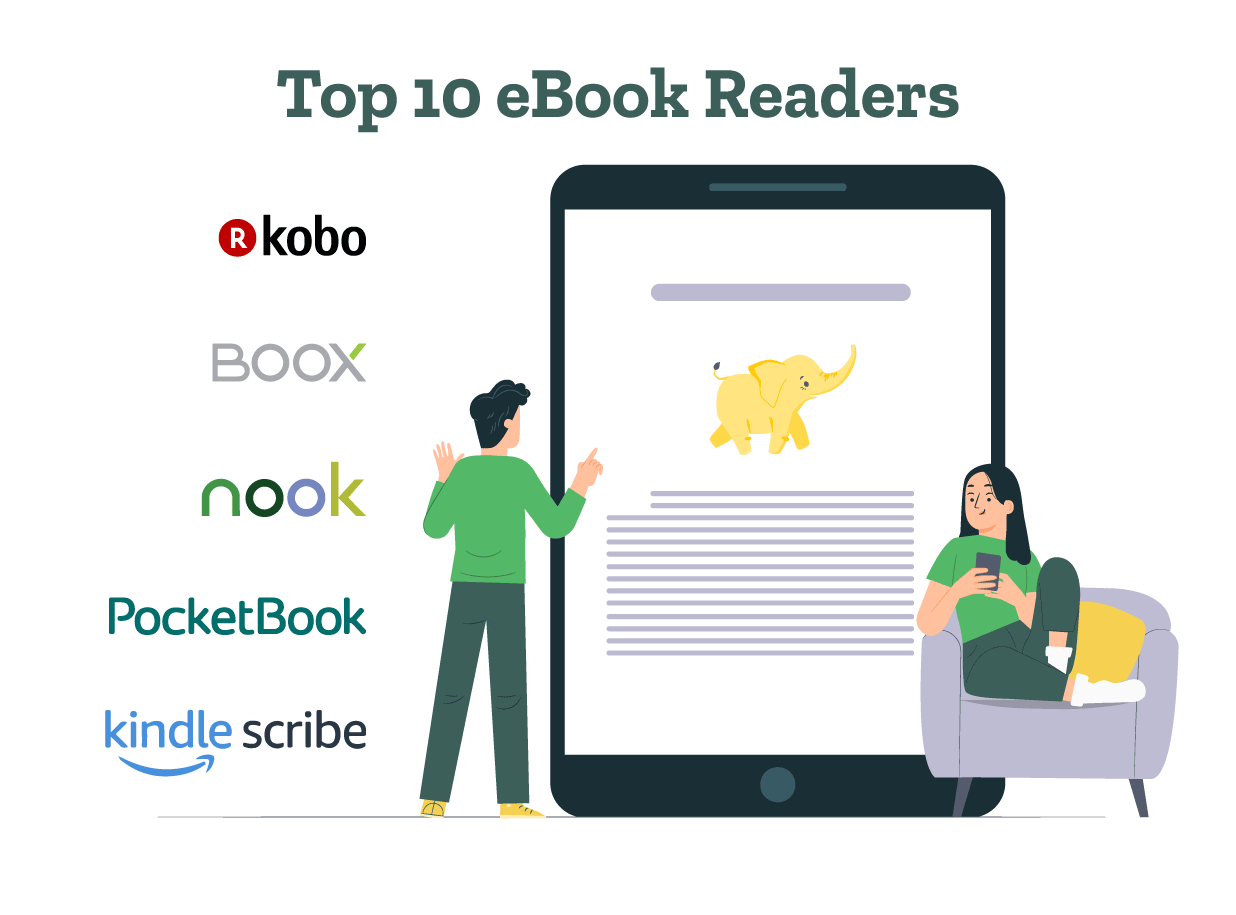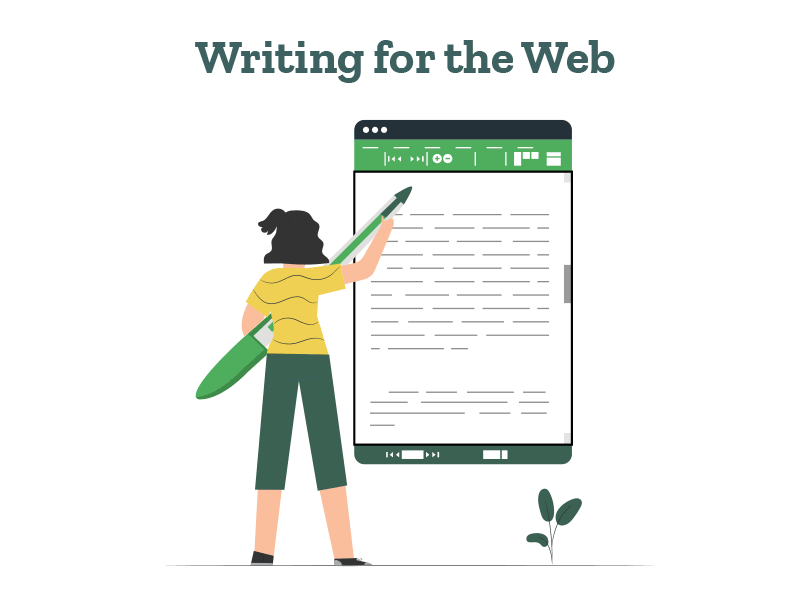Still have questions? Leave a comment

Checklist: Dissertation Proposal
Enter your email id to get the downloadable right in your inbox!
[contact-form-7 id="12425" title="Checklist: Dissertation Proposal"]
Examples: Edited Papers
Enter your email id to get the downloadable right in your inbox!
[contact-form-7 id="12426" title="Examples: Edited Papers"]Need
Editing and
Proofreading Services?

What Is a Research Proposal: A Detailed Guide
 May 09, 2025
May 09, 2025 5
min read
5
min read
When planning a research project, don’t you think it might be great to know how to write a research proposal? This blog does exactly that! It introduces you to the concept of a research proposal and how to write one. It also provides a roadmap for your study.
What you can learn while studying research proposals with us is how detailing the purpose of a research proposal makes a difference to your research work. It helps you determine the approach you plan to take. So, let’s explore what a research proposal entails, its structure, and tips for crafting one effectively.
Do Not Let Your Research Work Make You Nervous. Get Expert Editing! Learn more
What is a research proposal?
A research proposal is a structured document that outlines a research project’s aims, methodology, and anticipated results. They are required for academic projects, grant applications, or business proposals since a well-constructed research proposal clarifies your research intentions and makes interpretation easy.
A research proposal is more than just a formality. It is a strategic document that enables you to articulate your research focus, which is particularly important for funding.
Purpose of research proposals
The importance of research proposals goes beyond just fulfilling academic requirements. The purpose of a research proposal is to justify the need for your study, demonstrate the feasibility of your approach, and secure funding or approvals.
Through this document, you can demonstrate the significance of your research question and how it addresses a gap in existing knowledge. It is a compelling proposal that highlights your understanding of the field. By guiding your research process, this document ensures you do not stray off-topic.
What goes into the development of a research proposal?
A comprehensive research proposal outline includes several essential components. This is no surprise! However, writing a research proposal that creates the right impact and gets you the result you want is crucial.
In this section, let us study the important components of a research proposal.
-
Title and abstract
The title should be concise yet descriptive, reflecting the main topic of your study. The abstract summarizes your research proposal in 150-250 words, presenting the key objectives, methods, and anticipated impact of your research.
-
Research objectives and questions
A clear statement of your research objectives and questions is one of the most important components of a research proposal. Objectives clarify what you intend to achieve, while the questions define the specific aspects of your study.
These elements align your proposal with broader goals in your field.
-
Literature review
A literature review demonstrates how familiar you are with existing research in your chosen field. By analyzing relevant studies, your research proposal outlines the gaps that your research work is expected to fill.
This section is key in establishing the importance of your research work since it places your study within the academic discourse and emphasizes its relevance.
-
Research methodology
The research methodology section outlines the methods you intend to use to collect and analyze data. Depending on the nature of your study, this could include qualitative, quantitative, or mixed methods. A well-defined methodology builds trust in your research proposal.
For instance, if you mention qualitative research methodology techniques in your proposal, your audience will know what to expect—exploratory, inductive, subjective, or other forms of research.
-
Timeline and budget
Including a timeline and budget showcases your project management skills and the feasibility of your study. This section should break down the stages of your research and the resources you will require, such as materials, participant incentives, and equipment costs.
Research proposal examples
Let us study a research proposal example to see these components in action.
Title: “The Impact of Social Media on Academic Performance Among College Students”
Abstract: This study will examine how social media usage affects the academic performance of college students. By surveying a sample of 500 students, we aim to assess correlations between time spent on social media and grades.
Research Objectives and Questions:
- To determine the frequency of social media use among college students.
- To identify patterns between social media use and academic performance.
Methodology: Quantitative surveys will be administered to students, and the data will be analyzed using statistical software.
This example highlights the research proposal format and how each section contributes to a clear and cohesive proposal.
The following is a basic but more detailed example of a research proposal.
Research Proposal: The Impact of Social Media on Adolescent Mental Health
Introduction
Social media platforms have become an integral part of adolescents’ lives, offering opportunities for connection, information sharing, and self-expression. However, concerns have emerged regarding the potential negative impact of excessive social media use on mental health. This study aims to investigate the relationship between social media usage and adolescent mental health outcomes, including depression, anxiety, and self-esteem.
Research Questions
- What is the relationship between social media usage and adolescent mental health?
- Are there specific social media features or behaviors associated with negative mental health outcomes?
- What are the mediating and moderating factors that influence the relationship between social media use and mental health?
Literature Review
[A detailed review of existing literature on the topic, highlighting key findings and research gaps. Discuss relevant theories, such as social comparison theory, self-presentation theory, and the uses and gratifications theory.]
Methodology
Research Design:
- Cross-sectional survey design
Participants:
- A diverse sample of adolescents aged 13-18 years old.
- Recruitment through schools and online platforms.
Data Collection Instruments:
- Demographics Questionnaire: To collect information on age, gender, ethnicity, and socioeconomic status.
- Social Media Use Questionnaire: To assess frequency, duration, and types of social media platforms used.
- Depression Anxiety Stress Scales (DASS-21): To measure symptoms of depression, anxiety, and stress.
- Rosenberg Self-Esteem Scale: To assess self-esteem.
Data Analysis:
- Descriptive statistics to summarize demographic information and social media use patterns.
- Correlational analysis to examine the relationship between social media use and mental health outcomes.
- Regression analysis to identify the specific predictors of mental health outcomes.
Ethical Considerations
- Informed consent will be obtained from all participants or their legal guardians.
- Participant privacy and confidentiality will be protected.
- Data will be stored securely and accessed only by authorized personnel.
Timeline
- Months 1-2: Literature review and finalization of research instruments.
- Months 3-4: Data collection.
- Months 5-6: Data cleaning and analysis.
- Months 7-8: Report writing and submission.
Budget
- Personnel: Research assistants, data analysts
- Materials: Questionnaires, consent forms
- Technology: Computer software, online survey tools
- Miscellaneous: Printing, postage, travel expenses
Expected Outcomes
This study is expected to contribute to a better understanding of the complex relationship between social media use and adolescent mental health. The findings may inform the development of evidence-based interventions and guidelines aimed at promoting positive social media use and mitigating its potential negative effects.
Structure of a research proposal
The research proposal structure plays a key role in determining the success of your research project. It is typically divided into distinct sections. Each part builds upon the previous ones to present your study systematically.
-
Title page
The title page includes your project title, name, institution, and contact details. Ensure it follows any specified research proposal format, particularly in academic settings.
-
Abstract
Summarize your study’s purpose, methods, and potential impact in a few sentences. This section serves as a brief overview for readers to understand the essence of your proposal.
-
Introduction
The introduction should provide context, outline the significance of your study, and define relevant goals. It helps your audience understand what a research proposal aims to achieve.
-
Literature review
As seen above, the literature review covers previous studies and highlights gaps your research intends to address. Using this section to discuss past findings strengthens the research proposal preparation activity and subsequent research presentation.
-
Research design and methodology
This section makes your research methodology prominent by detailing the methods and tools you intend to use. Clarifying your approach allows reviewers to assess the reliability and validity of your study.
-
Ethical considerations
If your study involves human subjects or sensitive data (financial, medical, defense statistics, disease, etc.), ethical considerations are vital. Discuss how you plan to handle privacy, consent, and any potential harm to participants.
Each section of this blog provides insights into what a research proposal is and a research proposal template. For more information about research paper templates, read this article: Research Paper Outline: Free Templates & Examples to Guide You.
Using the guidelines shared in this blog, you no longer need to wonder about a proposal for your research. You can now start crafting your proposal with confidence. For editing and proofreading support, contact us. Our editors can help you improve and refine your research proposal and make it submission-ready.
Here are some other relevant articles you might want to check out:







